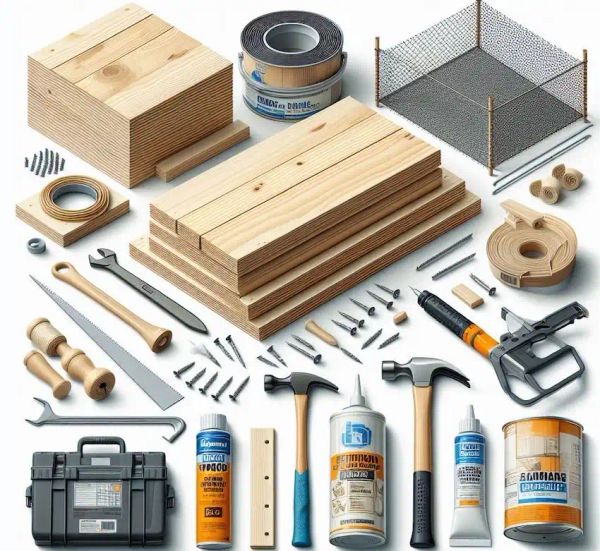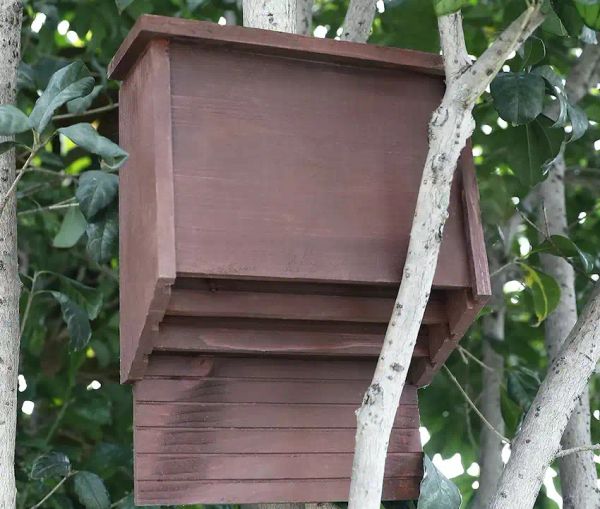Bats, those amazing creatures of the night, are more helpful to us than we realize. Not only do they play a vital role in our ecosystem, but they are also our allies in pest control, which means fewer annoying bugs in our gardens. By building a bat house, you’re not only supporting these incredible creatures but also maintaining a natural balance in your environment.

Reasons to Build a Bat House
Inviting bats into your garden has many benefits. Bats are natural pest controllers, so they help keep damaging insects away from your plants. And did you know that bats are essential pollinators? They help plants like bananas, peaches, and mangoes thrive. By creating a home for bats, you’re contributing to the health and diversity of your garden.
How to Build Your Own Bat House:
Building a bat house is a simple and eco-friendly project. Here’s a step-by-step guide to creating a welcoming space for these beneficial creatures:

What You’ll Need:
- 1/2-inch exterior grade plywood
- Wood screws
- Non-toxic wood sealant or paint
- Netting or plastic mesh
- Hand saw or power saw
- Hammer
- Caulk
Instructions:
- Start by cutting the plywood into the following pieces: one back piece measuring 24 inches by 16 inches, two side pieces measuring 24 inches by 7 inches, and one front piece measuring 24 inches by 12 inches.
- Create chambers within the bat house by using plywood or netting to divide the interior. Remember, bats prefer small spaces, so partitions will encourage them to stay.
- Assemble the pieces by screwing the sides to the back, leaving the bottom open for ventilation.
- Attach the front piece, leaving a gap at the top for the bats to enter.
- Seal the exterior of the bat house with non-toxic sealant or paint to protect it from the elements.
Where to Place Your Bat House:

Positioning your bat house in the right location is key to attracting bats. They prefer warm and sheltered spots away from direct sunlight. Mount the bat house at least 10–15 feet above the ground on a pole, building, or tree, facing south or southeast to receive sunlight for part of the day. Placing it on a pole is best, as it reduces the risk of predators.
Maintenance:
Regular maintenance will keep your bat house inviting. Inspect it once a year for any damage, apply fresh sealant or paint if needed, and clean out old nesting materials to keep it habitable.
By recognizing the valuable role bats play in our ecosystems and gardens, we can coexist harmoniously with these fascinating creatures while benefiting from natural pest control and pollination. Building a bat house is a small yet impactful step towards promoting biodiversity and sustainability in our surroundings.




